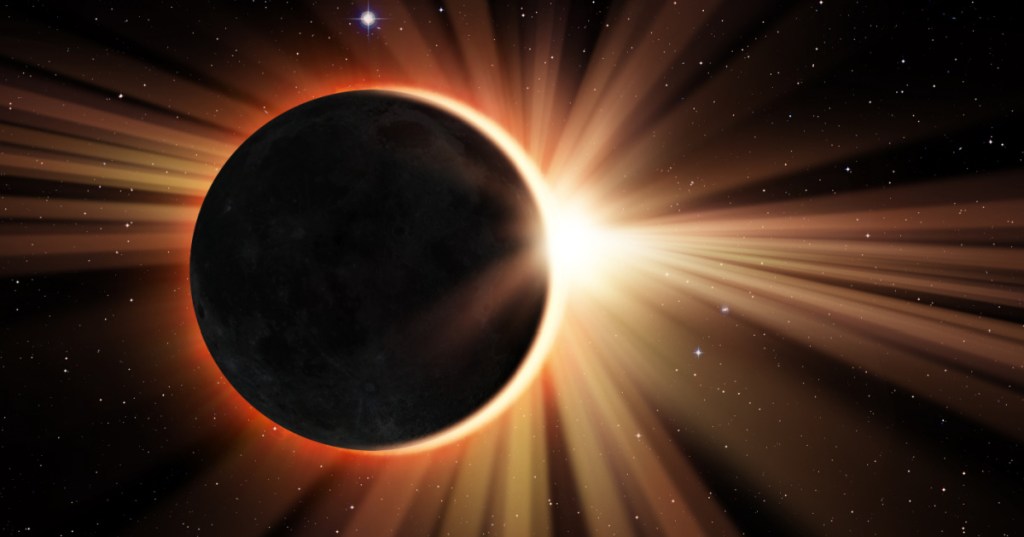We’ve been treated to a handful of solar eclipses in the past decade or so, after a long time going without.
Why is that? And why do they happen at all?
Experts say that the fact that eclipses happen is sort of a numerical coincidence; it’s down to the fact that the Sun is 400 times larger than the Moon and also 400 times more distant from the Earth.
Because of this, the Moon is just close enough to Earth to appear as the same size from our planet’s surface.
When the Moon, Earth, and Sun line up perfectly, the Moon casts a shadow onto Earth – and the only people who can see the eclipse are the ones who happen to be in that area when the shadow lands at that moment.
The Moon’s shadow moves as it orbits, making it appear as a thick line that can cover hundreds of miles.
This, then, is the path of totality.
You might wondering why solar eclipses don’t happen every single time the Moon passes between us and the Sun. If that was the case, eclipses would be a monthly event and hardly exciting.
The answer has to do with the 5 degree tilt to the Moon’s orbit compared to our own. This means that sometimes the Moon is too high, making the shadow pass above Earth, and other times it’s too low.
For citizens of the US who live outside the line of totality, a partial eclipse will still be visible.
The path of totality will go through some big cities, like Austin, Buffalo, and Cleveland, treating residents and visitors to quite the spectacle.
And yes, it’s pretty special – it’s roughly 375 years between solar eclipses in any one location on Earth.
Are you going to make the drive to see this one?
If so, I hope it’s all that you’re hoping – and more.
If you found that story interesting, learn more about why people often wake up around 3 AM and keep doing it for life.
